Intro to Software Project Management Test 2
1/127
There's no tags or description
Looks like no tags are added yet.
Name | Mastery | Learn | Test | Matching | Spaced |
|---|
No study sessions yet.
128 Terms
What does Release Planning Do
Helps set expectations for stakeholders and ensures a steady flow of value to the customers
Increment Planning Sessions
Define increment goals, solidify estimates, and identify external dependencies.
How is Total Project Capacity Estimated
based on resources available for each team
How do you Calculate Capacity for Increment by product
X points for Product A, Y points for Product B, Z points for Product C, Total Points = X + Y + Z
How do you Calculate Total Capacity for Increment
(points_per_sprint x N sprints) for each Product
What is on a High-Level Schedule
Requirements submitted and finalized by Due Dates, Conduct quarterly releases with maintenance releases in between (sprints), and Major Phases and SETR events
What is the main purpose of a high-level schedule?
To communicate to customer, stakeholder and team about the key milestones of the project
What is a Work Breakdown Structure (WBS)?
A hierarchical decomposition of a project into smaller, more manageable components or tasks. Each level of the WBS provides a more detailed breakdown, from major project phases to individual tasks. Basically a table of contents
What is the purpose of a WBS
It organizes and defines the total scope of the project by breakingdown the deliverables and work into smaller elements, oftenrepresented as a tree structure
What does the Project Time Management include
the processes required to accomplish timely completion of the project
What are the 6 Scheduling Basics
Activity Definition, Activity Sequencing, Activity Resource Estimating, Activity Duration Estimating, Schedule Development, Schedule Control
What are Work Packages in the Activity Definition Process
planned into smaller components call schedule activities to provide a basis for estimating, scheduling, executing, and monitoring and controlling the project work
What are the 3 types of dependencies in diagramming
Mandatory, Discretionary, and External
What are the 6 benefits of Network Diagramming
Show interdependencies, Show workflow, Aid in effective planning, organizing and controlling, Compress the schedule, Show program progress, Help justify time estimate
What are the 4 Artifacts involved in creating a project schedule in Agile
Product Backlog, Sprint Backlog, Burndown Charts, and Release Plan
How are the 4 steps to create a project schedule
Define project start and end dates, Add tasks based on our Agile Product Backlog, Set task durations and dependencies, Assign team members to each task
How do you Monitor Progress in MS Project
Update task status regularly, Review Gantt charts and reports to assess progress, Identify and resolve potential delays, Adapt the plan if required based on feedback and changes
Release Planning
deciding which items from the Product Backlog will be included in a release
What are the Increment Planning Objectives by Session
Requirements elicitation, prioritization, and product management executed in close collaboration with stakeholders.
What are the Primary Goal of an Increment Functional Review
Ensures that product backlog items are clearly identified and the release functional baseline is established.
What does an Increment Functional Review act as?
acts as the SRR for each increment and acts as the PDR for the upcoming increment release to ensure the system proceeding into development can meet requirements within the iron triangle
What is a WBS a Blueprint for?
laying out a project schedule
What is the Purpose of the Activity Definition Process
identify the deliverables at the lowest level in the Work Breakdown Structure, which is call theWork Package
What are MS Project Dependencies
dependencies between activities define the sequence and relationships between different tasks or activities in a project
What is the purpose of MS Project Dependencies
help determine the order in which tasks should be executed and how they affect one another
What are the 4 Main Types of MS Project Dependencies
finish-to-start, start-to-finish, start-to-start, finish-to-finish
What is Finish-To-Start
the successor activity cannot start until the predecessor activity is completed

What is Start-To-Start
the successor activity cannot start until the predecessor activity begins
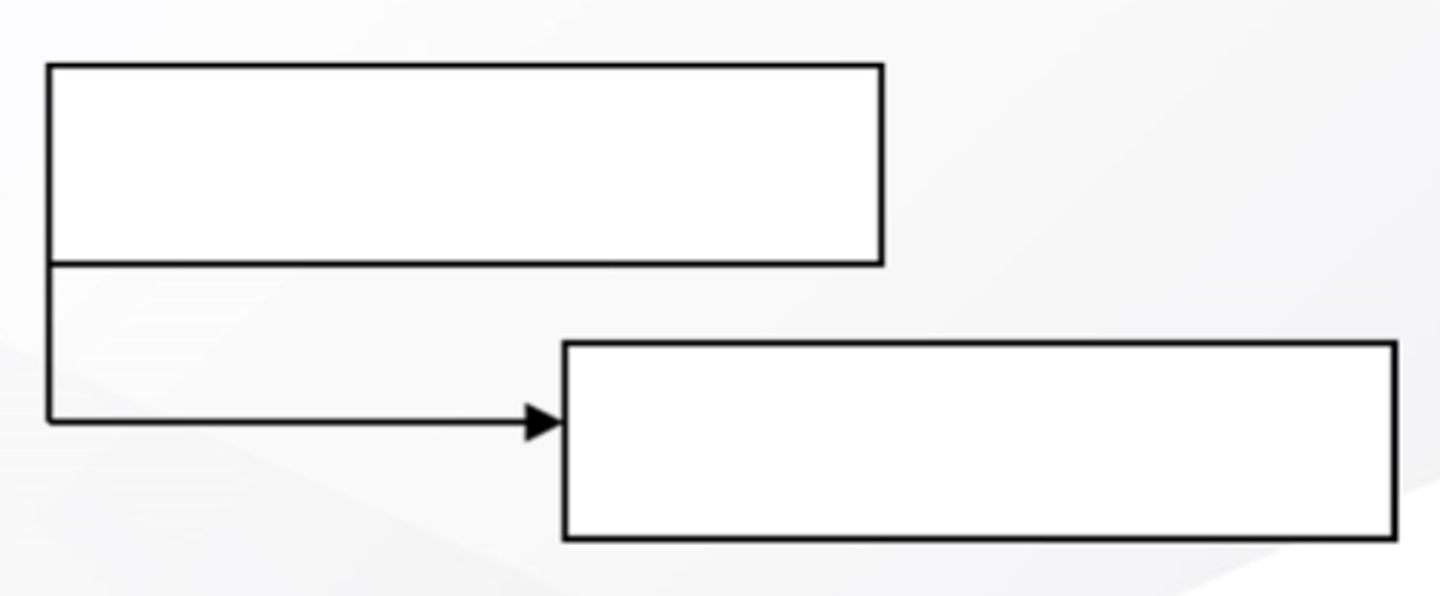
What is Finish-To-Finish
the successor activity cannot finish until the predecessor activity is completed
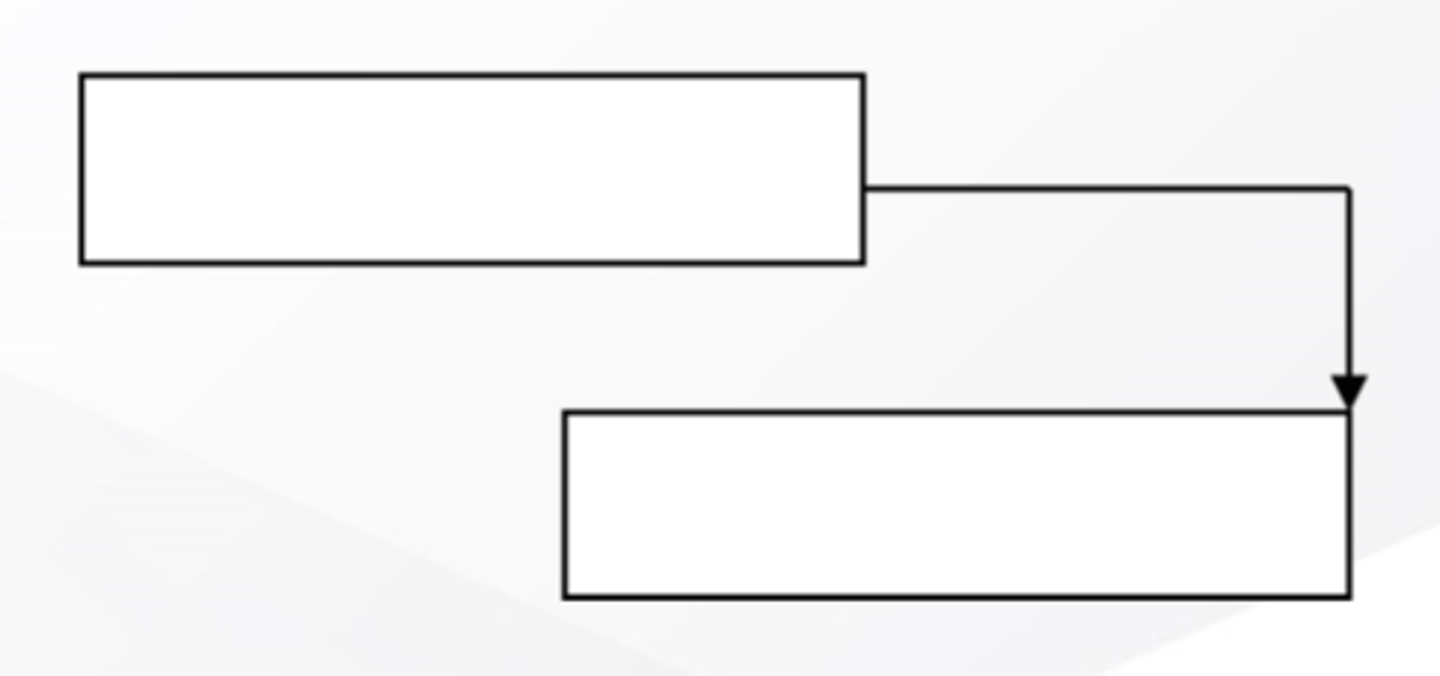
What is Start-To-Finish
the successor activity cannot finish until the predecessor activity begins
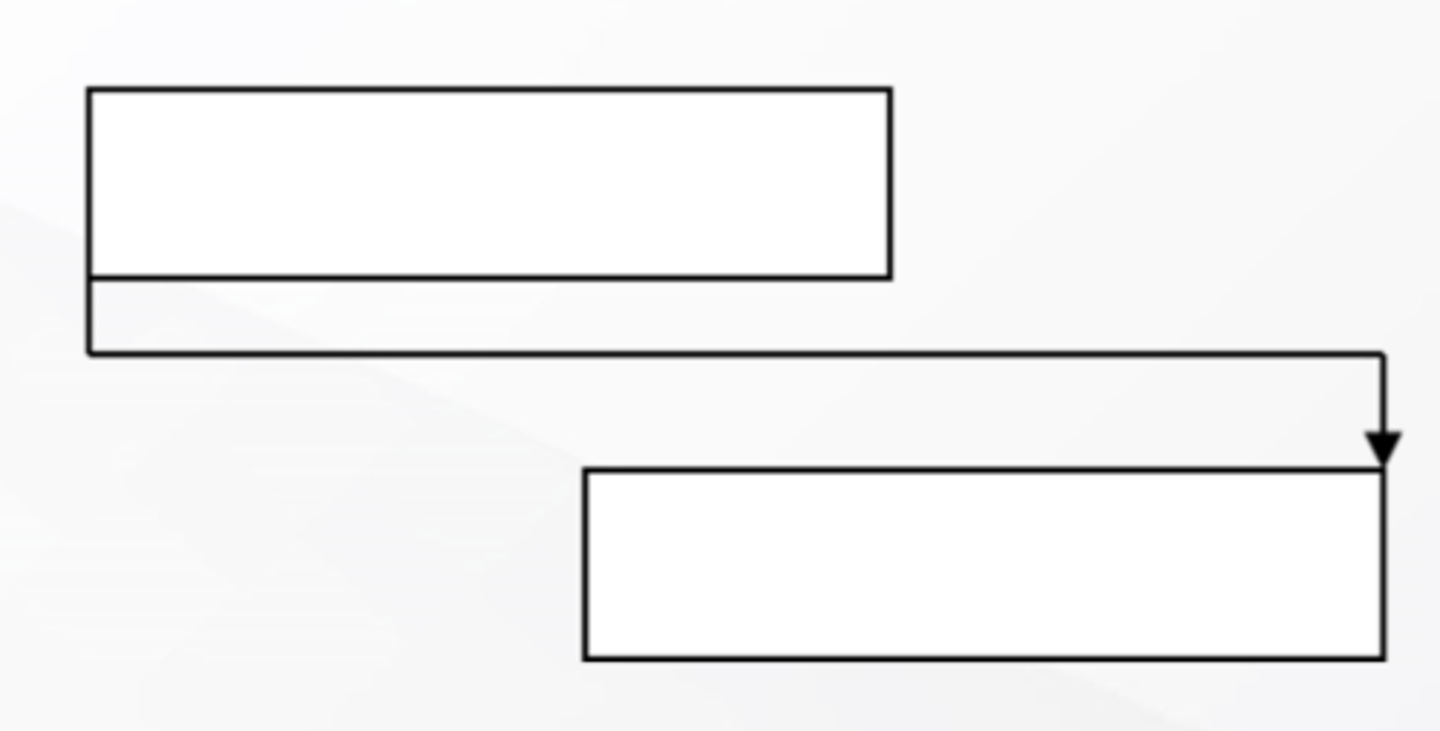
What is Arrow Diagraming Method (ADM)
Task to Task when Activity A happens
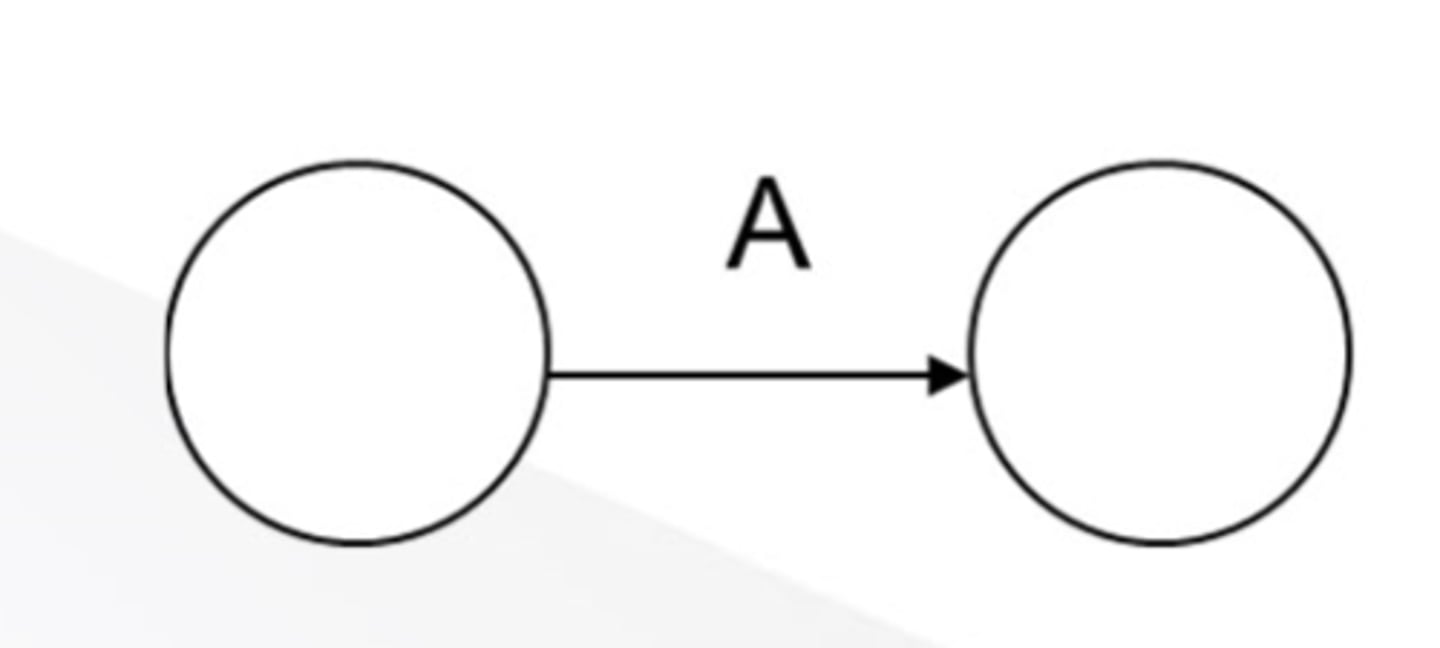
What is Activity on Arrow (AOA) Method
Activity A goes to Activity B
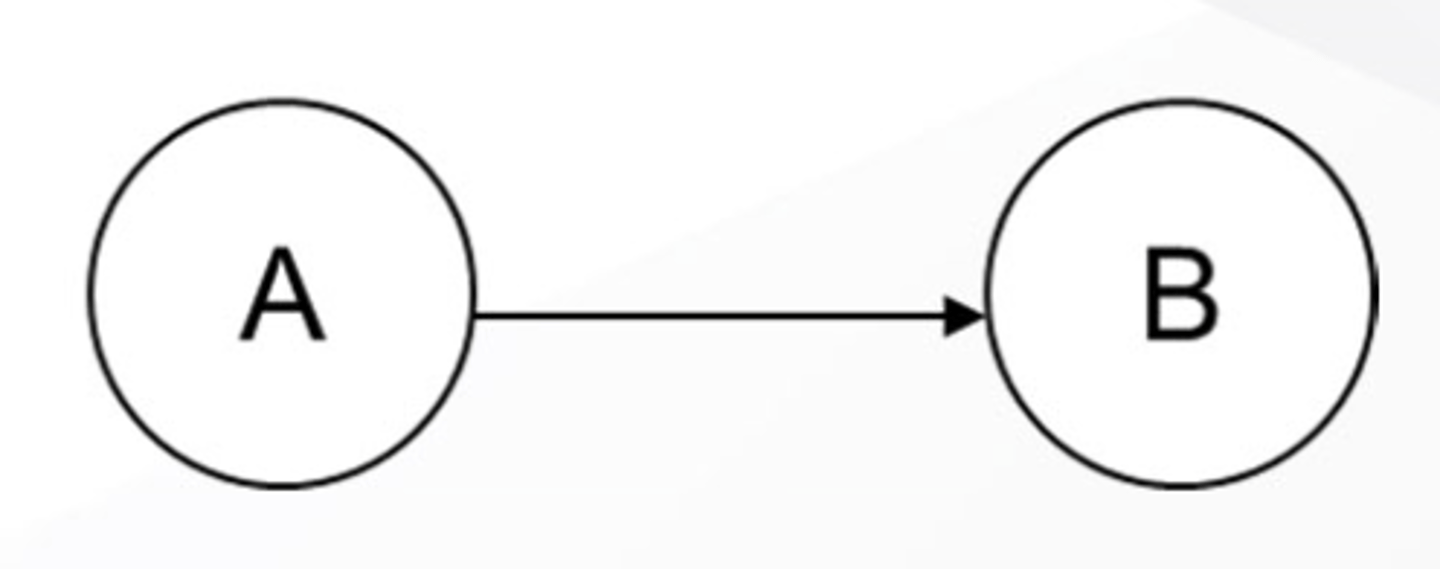
What is MS Project
Project Management Tool that helps with planning, scheduling, resource allocation, and progress tracking
How do you represent Agile Sprints in MS Project
Set up the first Sprint phase, Add User Story tasks to the Sprint, Assign resources to each User Story, Set the duration for each User Story task
Primary Goals of Release Planning
Establish what is to done during release, Set Primary Plan, Set Stretch Plan, and Identify Dependencies and Risks
What is the goal of Increment Planning Sessions
to mitigate risks and present increment plans to stakeholders for review.
What is an Increment Functional Review
review to be conducted when all increment planning sessions are completed
Why Do we need a Stretch Plan?
In case we get blocked for some stories, In case dependencies dont meet agreed upon need dates, or In case our Velocity is running faster than planned
What is Activity Sequencing
identifying and documenting the logical relationships among schedule activities

What is a Sprint Backlog
a subset of the Product Backlog items selected for a specific sprint. It contains the tasks necessary to complete the selected items and is created during the Sprint Planning meeting.
What does Sprint Planning in JIRA Involve
assigning user stories to specific sprints based on their priority and the team's capacity
What does JIRA allow you to do
create and manage sprints, which are time-bound iterations of work
What happens during Sprint Planning
user stories are selected from the backlog and added to the sprint based on their priority and estimated effort
What are some of the artifacts needed for a Sprint Plan brief?
Schedule Overview, Dashboard Status, Sprint Objectives with target velocity, Demo Plans
What is the purpose of Agile Project Metrics
help measure progress, identify bottlenecks, and track the team's performance
What are some common agile project metrics
Velocity and Burn-Down Chart
What is a Cycle Time
Measures the time it takes to complete a user story from start
What is a Burn-Down Chart
tracks the progress of the team's work during a sprint
Role of PM in Design
Overseeing the design process, Managing the development of design documents, and Collaborate with the Development Team
Role of PM in Implementation/Development
Track progress, Facilitate Communication, Address Roadblocks and Risks
What is Design Thinking
a problem-solving approach that emphasizes empathy, creativity, and iterative prototyping to address complex problems
What are the Phases of Design Thinking
Empathize, Define, Ideate, Prototype, and Test & Iterate
What is the Empathize Phase in Design Thinking
Understanding the needs, wants, and challenges of end-users through observation, interviews, and research (e.g. creating empathy maps)
What are the common artifacts of the Empathize Phase
User Personas, User Stories, and Business Process Modeling
What is the Define Phase in Design Thinking
Synthesizing user research findings to define the problem statement and identifying goals (e.g. Creating Journey Maps and Defining design principles)
What are the common artifacts of the Define Phase
Problem Statement, User Needs, and User Goals
What is the Ideate Phase in Design Thinking
generating a wide range of ideas to address the defined problem statement (e.g. Mind mapping, Sketching, and Crazy 8s technique)
What are the common artifacts of the Ideate Phase
Brainstorming, Ideation techniques, Divergent thinking, and User Goals
What is the Prototype Phase in Design Thinking
creating low-fidelity representations of the ideas to quickly test and gather feedback (e.g. Creating a clickable prototype)
What are the common artifacts of the Prototype Phase
Paper prototypes, Wireframe diagrams, and Mock-ups
What is the Test & Iterate Phase in Design Thinking
gathering feedback from users on the prototypes to refine and improve the design (e.g. Conducting usability tests and A/B Testing)
What are the common artifacts of the Test & Iterate Phase
Usability Testing, Feedback collection, and Iteration
What is A/B Testing
Two different versions are tested with two groups to see which performs better based on metrics
How to Apply Design Thinking to SW Project Management?
Integrate it into the SDLC, Use it to understand user needs and align project goals, Apply iterative prototyping and user feedback
What is Crazy 8 Technique
fast-sketching exercise that challenges people to sketch 8 distinct ideas in eight minutes
What are Agile Design Practices
design approaches that prioritizecollaboration, adaptability, user-centered design and iterative development
What are the 3 Agile Design Practices
Collaborative, User-Centered, and Iterative and Incremental
What are Working Groups in Agile Design Practices
time-boxed series of collaboration meetings to define functionality, user experience, and content that empowers successful completion of project
What is a Special Topic Working Group
Chartered by a Process Owner to enable Self-service feature execution of workflows, members gather requirements, determine a suitable Minimum Viable Product, and create demand signals for required data and system interfaces
What are Technical Working Groups
members identify technical enablers and supporting systems to accelerate capability development
What are Content Working Groups
Members identify content owners, create production-ready content, and propose guidelines and governance to ensure content remains "evergreen"
What are the 3 Working Groups
Special, Technical, and Content
What elements does Agile use
user stories, sprints, and regular sprint reviews and retrospectives to drive continuous improvement
What is a Product Backlog
ordered list of tasks, features, and bugs that the team maintains project.
What is Increment planning
The process used to identify the scope of tasks to be completedduring the Increment
What is Sprint Planning
planning session to select what work will be done in the sprint
Daily Scrum Meeting
very short team meeting to communicate what was done the day before, what is planned to be done during the day, and any issues that may impede work
Clean Code and Refactoring
Writing simple, maintainable code that adheres to standards like SOLID principles
Test-Driven Development (TDD)
tests are written before the actual code, ensuring that the code is aligned with expected behavior
Test-Driven Development Process
Write a failing test case that defines desired functionality, write code to pass the test case, refactor code to improve quality
Benefits of Test-Driven Development
Clear requirements, safer refactoring, higher code quality, and faster debugging
Pair Programming
collaborative coding approach where two developers work together, switching roles as driver and navigator to enhance code quality and reduce errors
What are the 3 Agile Coding Practices
Clean Code and Refactoring, TDD, and Pair Programming
Continuous Integration/Continuous Delivery (CI/CD)
An approach to automate the build, testing, and deployment processes to ensure reliable, frequent releases of working software
Agile Metrics
crucial for tracking progress and ensuring delivery goals are met
Velocity
Measures the number of story points or features completed in each sprint
Burn-Up and Burn-Down Charts
Track progress toward completing the project scope
Cycle Time and Lead Time
Measure how quickly features are completed andmoved into production
Defect Density and Code Coverage
Track the quality of the code and the levelof testing performed
Code Reviews
systematic examinations of the code to improve quality and ensure compliance with standards
Agile testing
emphasizing continuous feedback and iterative improvements
Key Testing Types
Unit, Integration, User Acceptance, and Regression
Unit Testing
Validates individual components; typically conducted by developers
Integration Testing
Ensures components work together; detects interface issues
User Acceptance Testing (UAT)
Conducted by stakeholders to validate business requirements
Regression Testing
Ensures new code does not break existing functionality
Specialized Testing Types
UI, Performance, Security, Automated
UI Testing
Focuses on the user interface, checking layout, and usability across devices
Performance Testing
Assesses responsiveness, scalability, and stability under load
Security Testing
Identifies vulnerabilities to prevent potential attacks